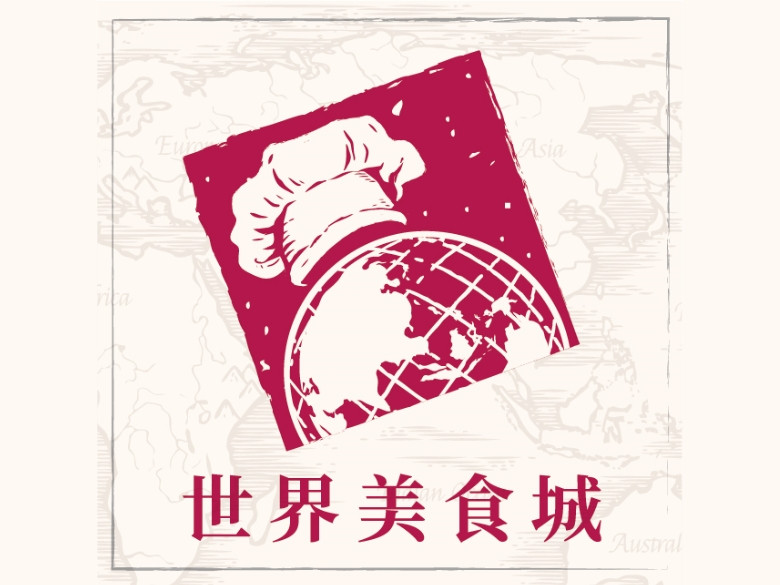Know Your Noodle: the Beginner’s Guide to Asian Noodles
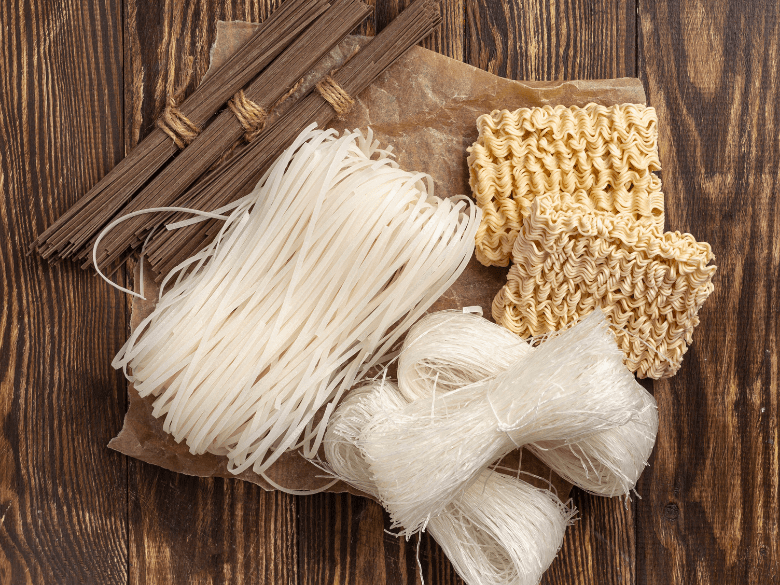
As you just decide to cook some noodles for dinner, you may start to think of several variations: be it the classic chicken noodle soup, Thai spicy noodle soup, or miso noodle soup. Yet when it’s time to choose between different types or textures of noodles, you may find yourself short of options. Let World Gourmet Platform bring you the ultimate gourmet’s guide to varieties of Asian noodles!
Yi Mein
Known for its light yellow color and glazy appearance, yi mein is mainly made from wheat, flour, and eggs. Since brine is often used in making the dough, yi mein has a springy and chewy texture, and thus it is also called “Yanshui Yi Mein”, meaning brine egg noodles. This type of noodle was created by army cooks from Fuzhou, China, during the period of the Kingdom of Tungning in Taiwan (1661-1683). This is why some people also call it “Fuzhou Yi Mein”, even though this type of noodle is nowhere to be found in Fuzhou!
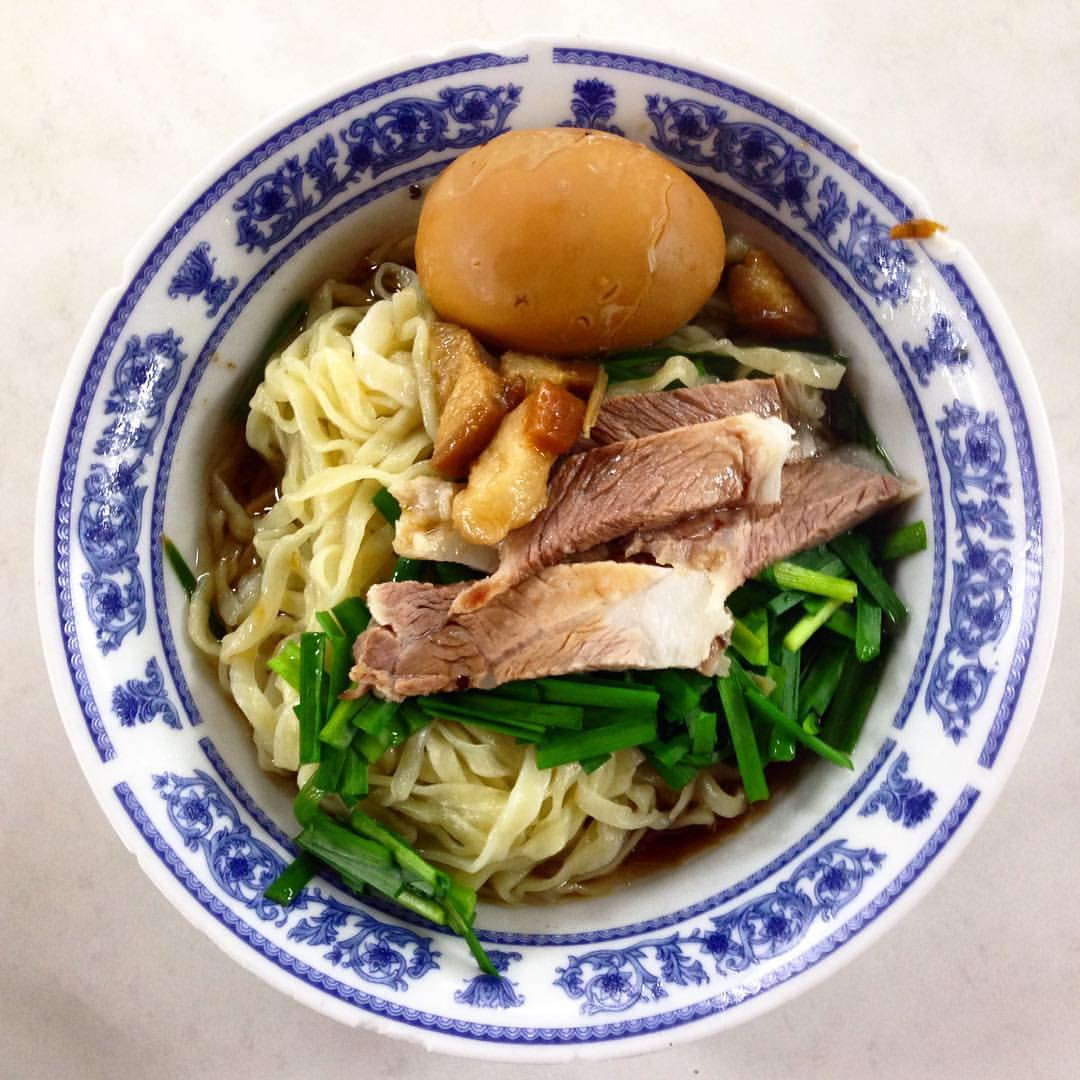
(Image : flickr)
Yang Chun Noodle
Also called “Plain Noodle” or “White Noodle”, yang chun noodle is comparatively drier than other types of noodles; therefore, controlling the moisture plays a key part in making yang chun noodles. The ratio of cake flour, salt, and water is the secret of every noodle factory. In addition, another significant point of yang chun noodle production is to press the dough until the surface is smooth, so that the gluten of the flour can be released, adding springy texture to the noodles.
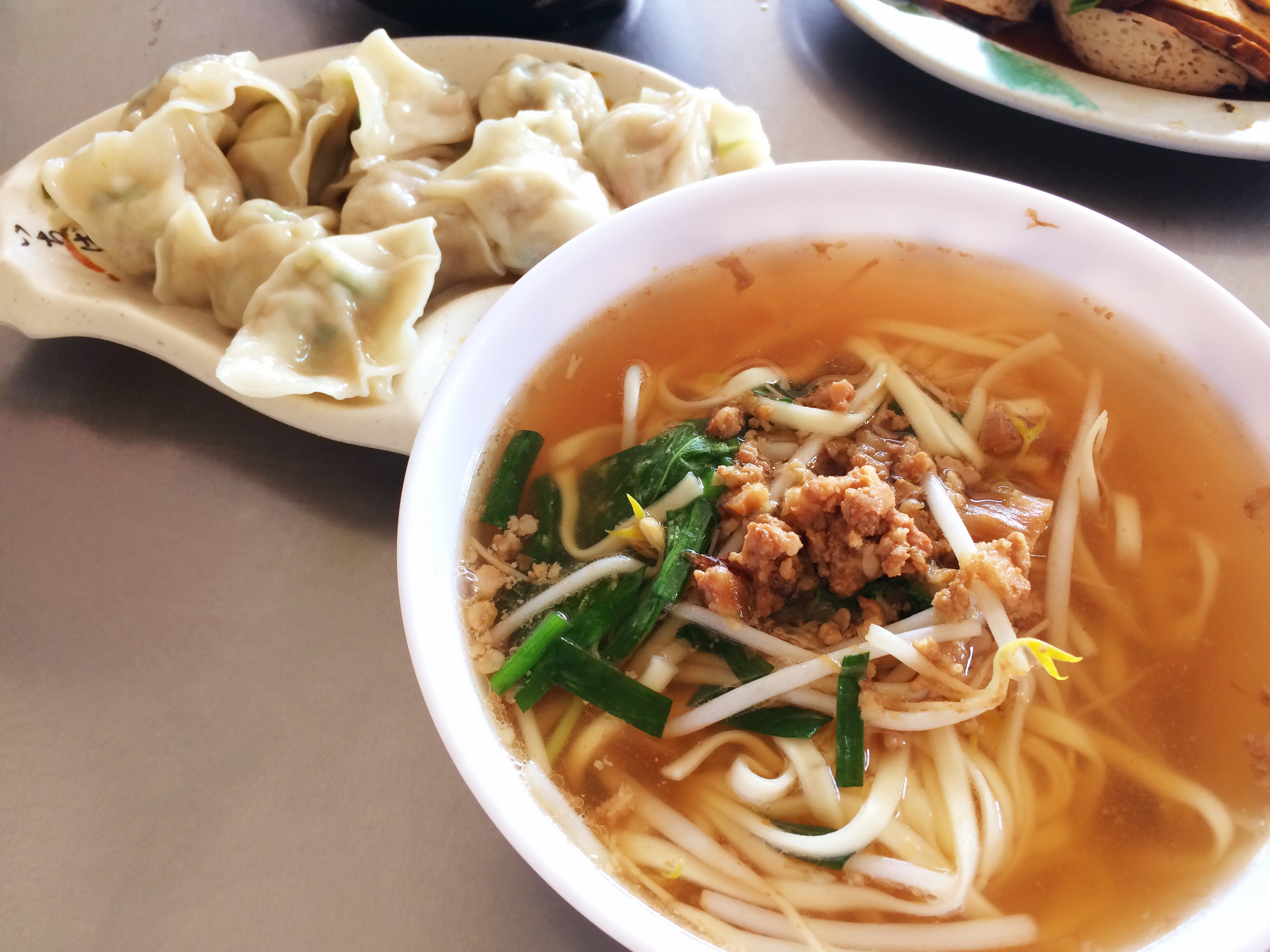
(Image : flickr)
Oil Noodle
Everyone in Asia is naturally familiar with oil noodles! Where there are ethnic Chinese, there are oil noodles. Knead the dough with plain flour, edible alkali, salt, water, and high-protein patent flour made from the center part of wheat, and press the dough with a noodle press machine for around three times until the dough becomes thin, then you can cut the dough into noodles! After noodles are made, put them into boiling water until they’re ready to serve, and mix them with oil - here you get a perfect bowl of oil noodles! Oil noodles are considered a kind of cooked noodle.
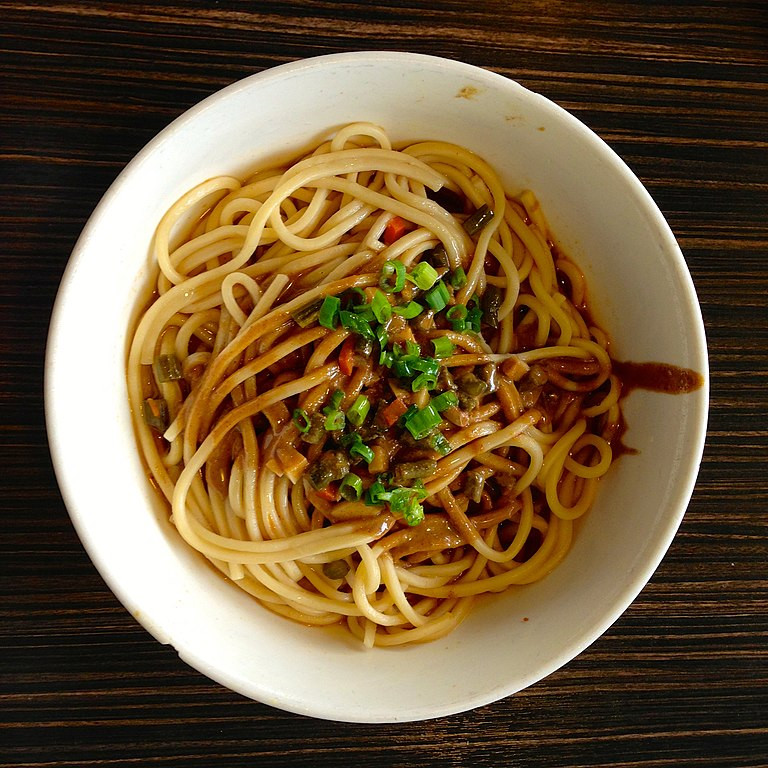
Misua
In the past, misua was originally a dish for the noble and the rich, especially for senior officials who were too old to swallow. Made from refined flour, table salt, sweet potato flour and oil, misua dough is then pulled by hand until it becomes slender and unbreakable noodles. Because of the above characteristics, misua stands for longevity and welfare, and thus it is nicknamed “chang shou noodle”- noodle of longevity and “taiping noodle” - noodle of peace!
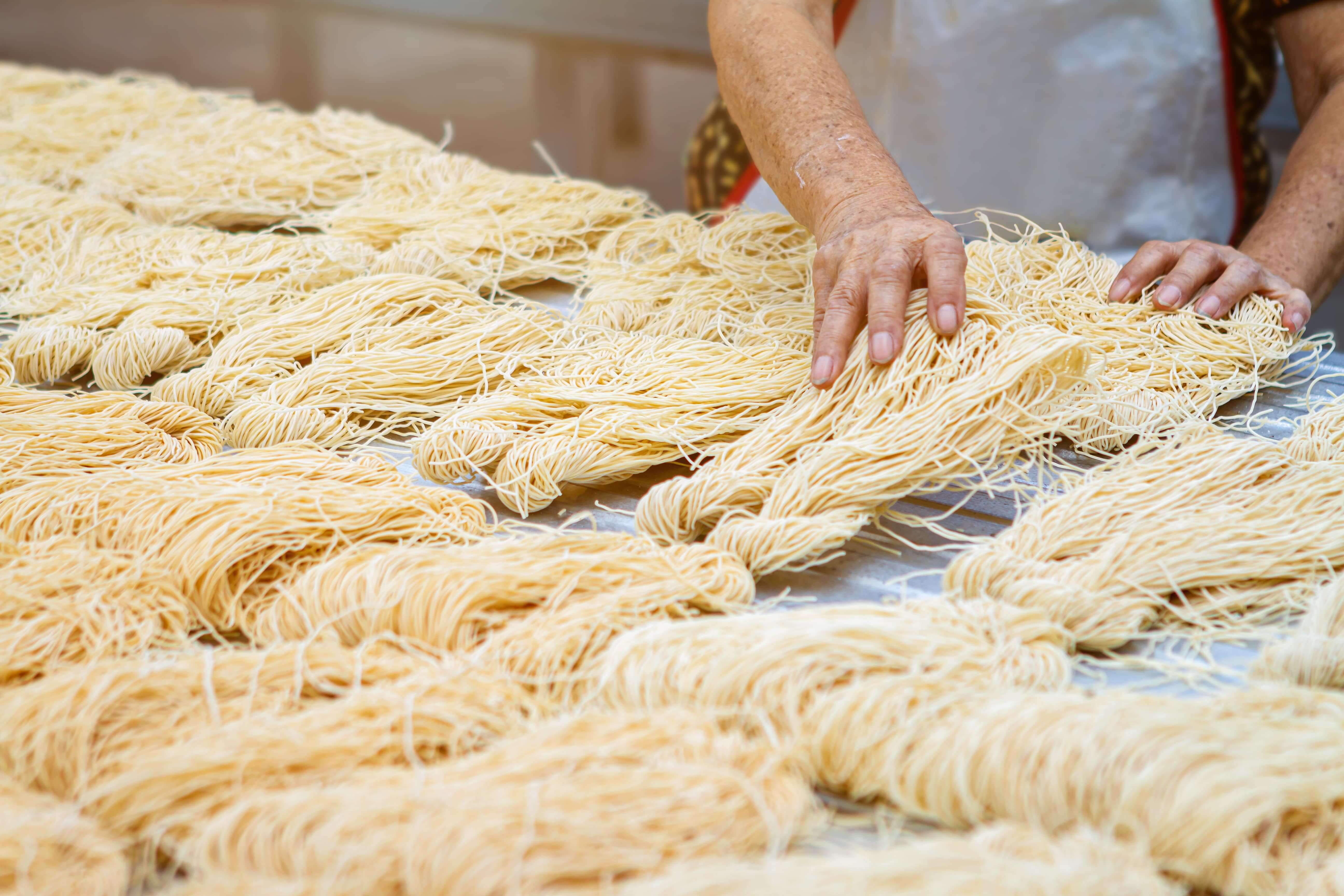
Lai Fun
Lai fun is mainly made from sticky rice. Add some water into sticky rice and mix them into moderate consistency, then steam the mixture with fire and shape them into round strips of noodles, you’ll get the famous lai fun! Lai fun is commonly seen in Hong Kong, and it’s easy to find a lai fun dish in every Hong Kong tea restaurant!
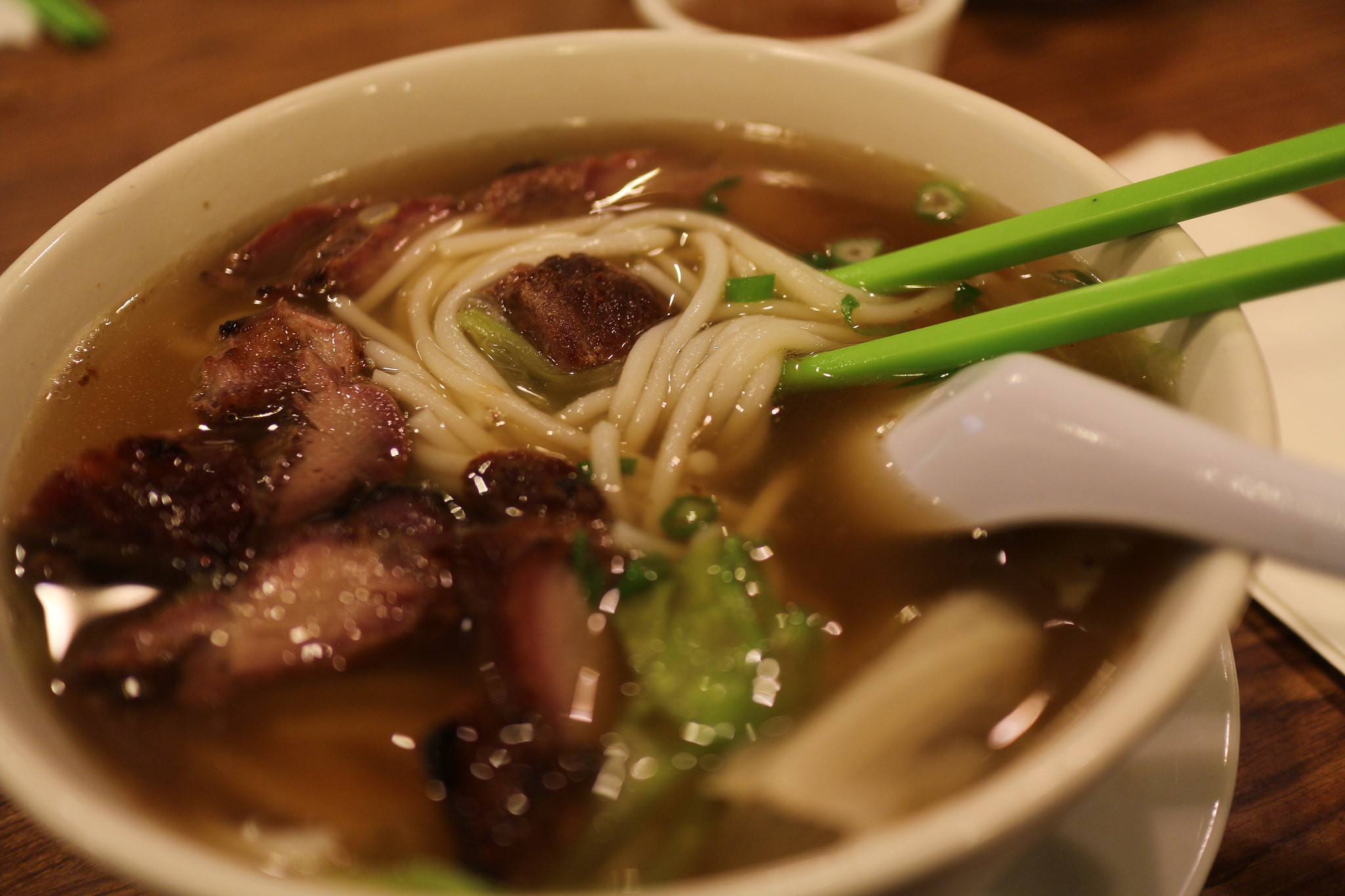 (Image: flickr)
(Image: flickr)
Silver Needle Noodle
Short and shaped like spikes at both ends, silver needle noodle is famous for its chewy texture and unique appearance. Since the shape of silver needle noodle resembles a rat’s tail, it is called “Lao Shu Fen/ Lao Shu Pan” in Malaysia, literally meaning rat tail noodle. In Hong Kong, stir-fried silver needle noodles are often served as desserts in old-styled restaurants. If you want to find “lao shu fen” in Singapore and Malaysia, you can also take a visit at local cafes - kopi tiam!
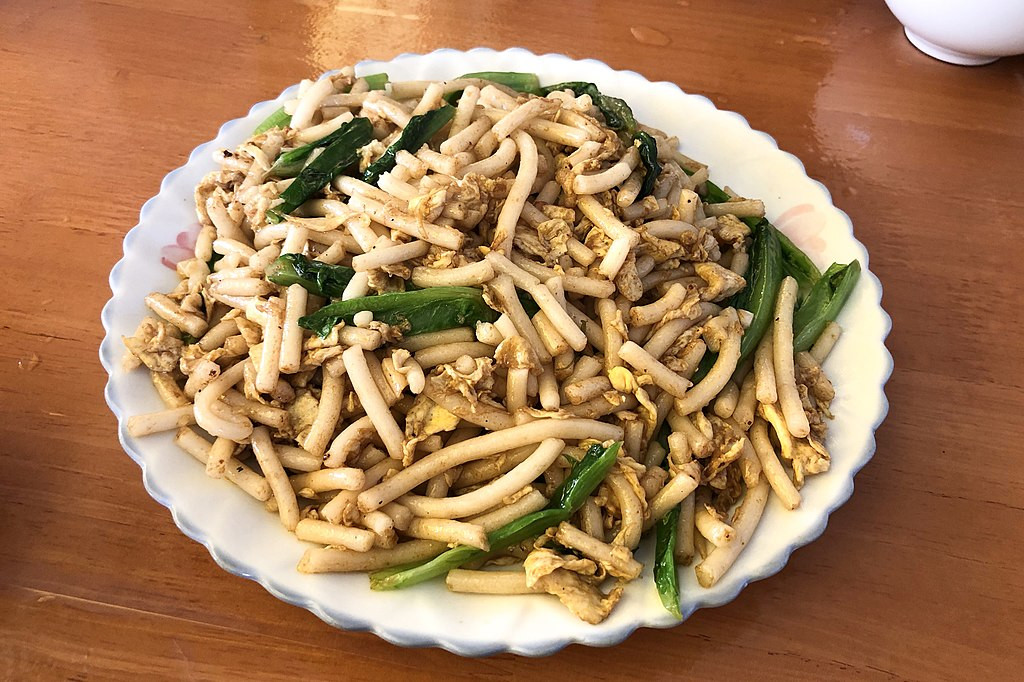
Kway Teow
Speaking of kway teow, everyone must first think of one of the most famous dishes of Singapore and Malaysia - Char Kway Teow! Mix flour, wheat starch, salt, oil, and water, and make the dough into thin slices, then steam the slices in a pot and cut them into strips after cooling - the nostalgic taste of Southeast Asia is made! Nowadays you can almost find kway teow in Singapore, Malaysia, and even Hong Kong, thanks to a great number of Hokkien and Cantonese migrants bringing kway teow with them!
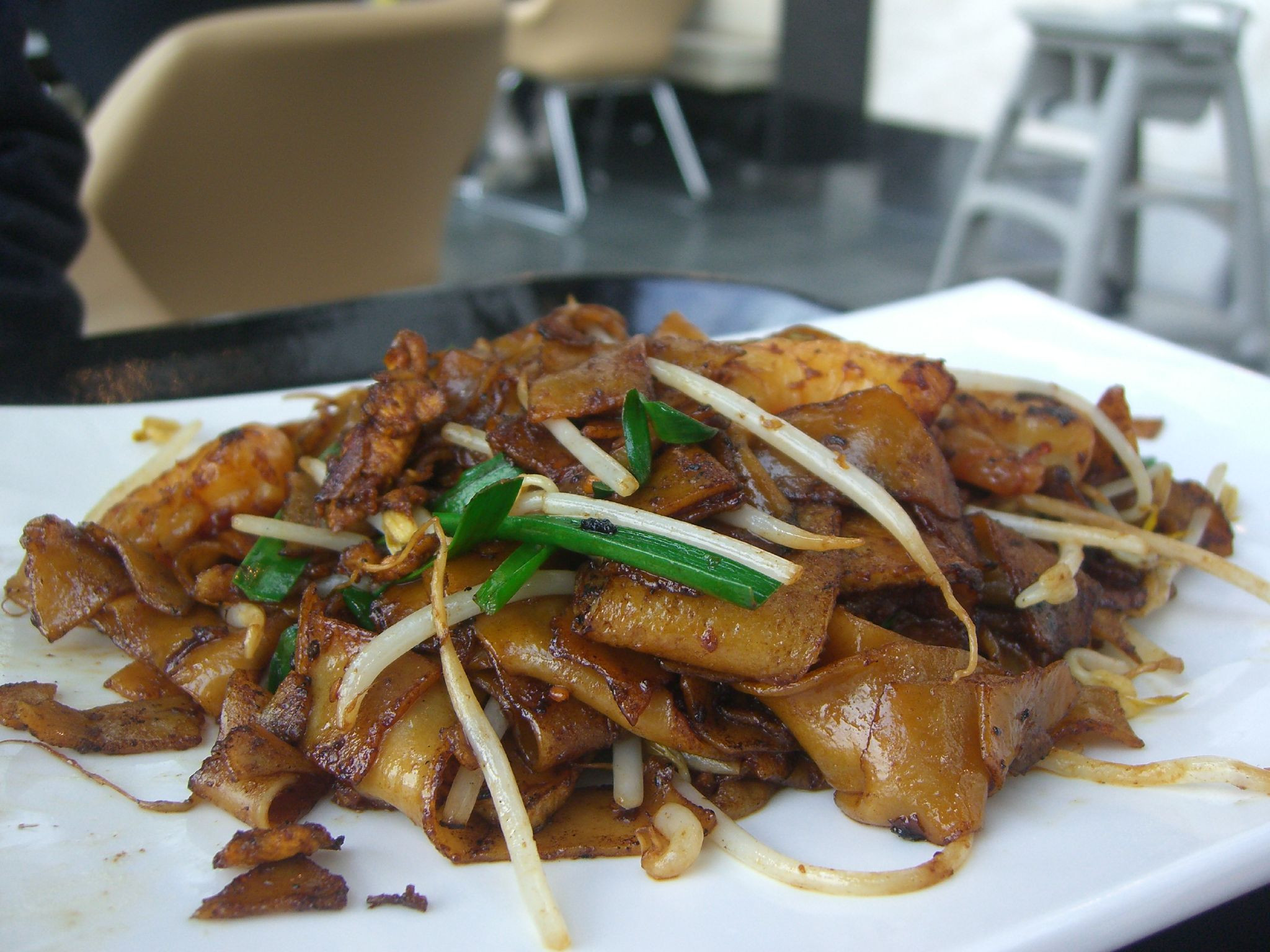 (Image: flickr)
(Image: flickr)
He Fen (เส้นเล็ก)
He fen is a kind of thin noodle made from rice, having similar width but only one-third of the thickness of ordinary ramen. Most of the famous Thai dishes, Pad Thai, use this kind of noodle.
Kway Chap (ก๋วยจั๊บ)
Also made from rice, ก๋วยจั๊บ is often labeled "kway chap” in Thailand noodle packages. Kway chap has a long cylindrical appearance that looks like a curly wonton wrapper.
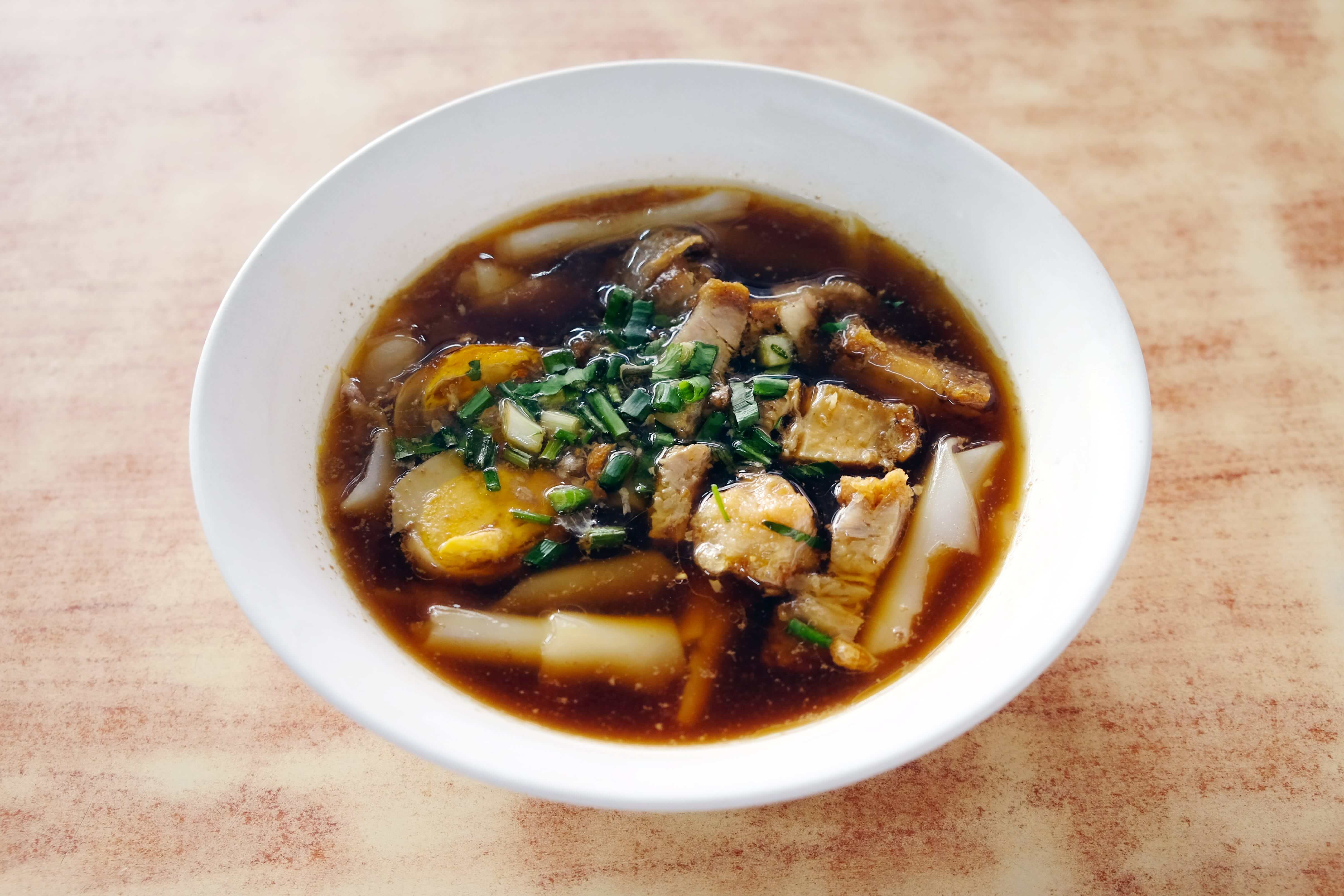
Chinese Noodle (บะหมี่)
Chinese noodle, the favorite noodle type of people from southern Thailand, is a kind of yellow noodle made from eggs and flour. As it appears similar to ramen, most Japanese people may also find it easy to accept.
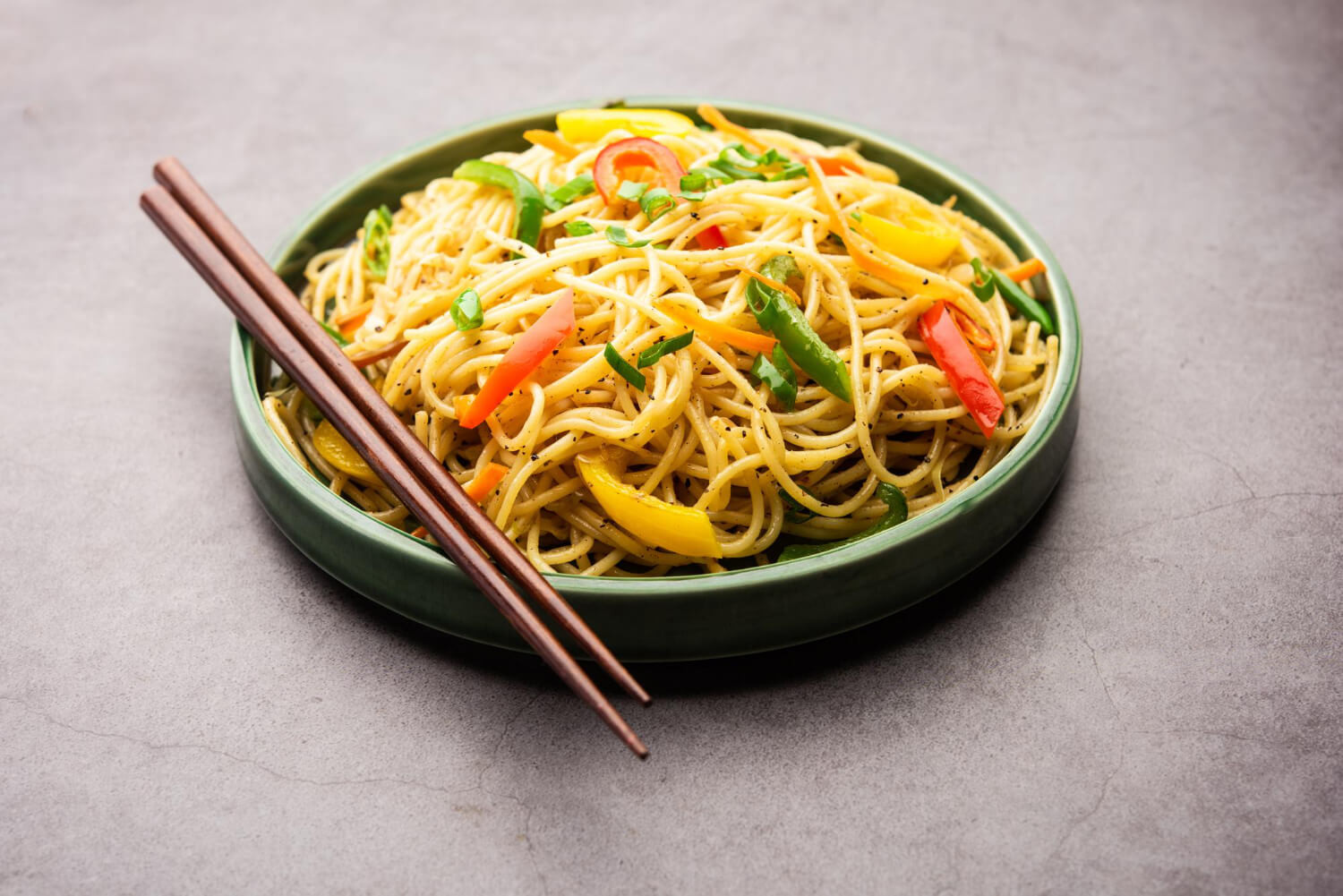
Chen Cun Fen
It is said that in 1927, Huang Dan, a native of Chencun, Shunde District, Guangdong Province, drew on the experience of how Xiqiao people from South China Sea made rice noodles, and thus created a new type of rice noodle characterized by its thinness, smoothness, softness, and crispness! There is no universal name for this kind of rice noodle; sometimes local people call it Shahe Fen, Huang Dan Fen, Danji Fen, etc. The main raw material of Shahe Fen is rice: wash the rice, grind it into powder, and add some water to make rice milk; then steam the rice milk into thin slices, and cut the slices into strips. The final product, chen cun fen, will be nearly transparent, thin, soft, and crisp at the same time, and it can be served in many different ways: whether you want to stir-fry, cook it with soup, or even mix it with other vegetables and dressings!
How do you like our brief introduction of common types of Asian noodles? Now you can have more options to try out whenever you cook noodles! Maybe you’ll come up with unexpectedly excellent combinations~

